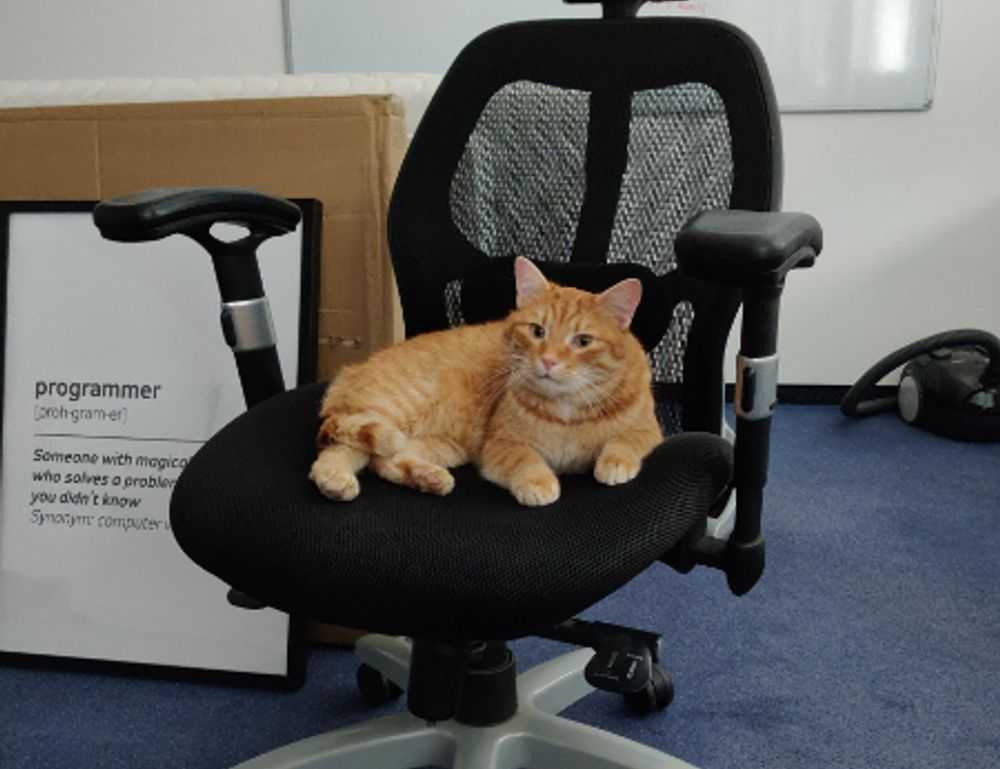When it comes to digital currencies and decentralized finance, the rise in headline-grabbing breaches has become just as notable as the tech itself. From stolen NFTs to multi-million-dollar DeFi exploits, the space has drawn both innovators—and opportunists. If you’re trying to keep up with the wild world of crypto breaches, you’ve probably come across crypto hacks roarcultable. Over at roarcultable, there’s plenty to catch up on—including the most high-profile crypto heists, how they happened, and what lessons the community’s (hopefully) learning.
What Are Crypto Hacks?
Crypto hacks refer to unauthorized access or manipulation of digital assets, platforms, or technologies within the blockchain ecosystem. These events range from private key theft and exchange breaches to vulnerabilities in smart contracts. As blockchain adoption grows, crypto hacks are evolving—more complex, faster, and often devastating.
In 2021 alone, blockchain-based crime hit an estimated $14 billion, according to Chainalysis. While losses from crypto hacks fluctuate, the trends show clear interest from cybercriminals, especially in decentralized systems where there’s no central customer support or fraud protection to stop them.
Why Are Crypto Platforms So Vulnerable?
One major reason: the code itself. Smart contracts, the backbone of many DeFi platforms, are open-source. That’s good for transparency—but terrible if attackers find overlooked bugs.
Another issue is speed. Projects race to launch, often at the cost of security audits or rigorous testing. Add in cross-chain bridges (which allow different blockchains to interact), and things get riskier. These bridges are increasingly hot targets—you might remember the Ronin Network breach, where hackers stole over $600 million, exploiting a single compromised private key.
Human error also plays a part. Social engineering, phishing emails, and fake update prompts are still stunningly effective. Without traditional customer protections, one misstep can mean total loss.
Notable Crypto Hacks Roarcultable Has Tracked
There’s no shortage of infamous cases that have shaped how we think about crypto security today. Here are just a few that stand out in crypto hacks roarcultable discussions:
-
Mt. Gox (2014): One of the earliest and largest bitcoin heists. Over 850,000 bitcoins vanished from the Tokyo-based exchange, largely due to poor security and mismanagement.
-
Poly Network (2021): Roughly $610 million was siphoned from the cross-chain DeFi platform. In a strange twist, the hacker later returned the funds and claimed they did it “for fun.”
-
Wormhole (2022): A major exploit in a token bridge connecting Solana and Ethereum. Thieves exploited a vulnerability worth $325 million.
-
FTX Collapse (2022): While technically not an outside hack, FTX suffered a massive exploitation of internal mismanagement and potential insider foul play, with over $400 million disappearing under suspicious circumstances.
Each case exposed new weaknesses—from faulty solidity code to immature governance systems—and strained user trust in what were believed to be viable platforms.
Who’s Behind the Hacks?
It’s not always the hoodie-wearing guy in a dark basement. Sometimes, it’s nation-states. Investigations revealed that North Korea’s Lazarus Group was behind major breaches, including the Ronin hack, allegedly using the stolen funds to finance weapons programs.
Other times, it’s insiders—developers turning rogue or founders abusing wallet access. Open-source projects run on trust, but a lack of checks and balances can invite betrayal.
Lastly, there’s the rise of sophisticated ransomware gangs and cybercrime syndicates that view crypto theft as low-risk, high-reward. Transactions may be traceable on-chain, but laundering through mixers and privacy coins like Monero still makes it hard to catch perpetrators.
The Security Tools (and Habits) You Should Know
While users can’t safeguard an entire network, they can take stronger personal steps. Here are a few:
-
Cold wallets: Store assets in hardware wallets that aren’t connected to the internet when not being used.
-
Multi-signature wallets: These require more than one key to authorize a transaction. It can be a headache to set up—but worth it for added protection.
-
Use reputable platforms: Projects that undergo third-party audits and maintain clear governance offer a better shot at safety. No guarantees, but it’s more signal, less noise.
-
Stay updated: Follow platforms like roarcultable to learn about recent threats and how to respond quickly. Especially crucial if you have meaningful sums stored in DeFi.
Regulation’s Uneven Response
Some countries are cracking down with tighter rules. Others still turn a blind eye. That inconsistency adds to the unpredictability of response when things go wrong. The U.S. SEC, for example, has doubled down on classifying more tokens as securities—but enforcement actions often come after the damage is done.
Globally, watchdogs are trying to mandate better practices. The EU’s MiCA regulation is setting a framework for crypto-asset services. But it remains unclear how effective regulation will be in stopping future advanced crypto hacks roarcultable has featured.
The Future: Smarter Contracts, Smarter Defenses
As scams evolve, so do countermeasures. New smart contract languages are emerging that reduce common coding errors. Automated verification tools and real-time transaction monitoring (using AI) are beginning to see adoption in security-first platforms.
There’s also more talk of decentralized insurance protocols—systems where users can stake funds to protect against specific risks, rewarding those who back projects that remain secure.
Yet, technology alone won’t solve everything. The culture around crypto needs to shift: from “ape in fast” to “verify often.” Trusting platforms by reputation or influencer hype is becoming increasingly dangerous.
Final Thoughts
Crypto isn’t going anywhere. Nor are the hackers. The best we can do is stay aware, protect what we can, and demand better of both builders and regulators. Platforms like roarcultable play a solid role in that conversation—offering transparency and information when trust is in short supply.
If you’re part of the digital asset space—whether with a wallet or a voice—you’ve got skin in the game. And crypto hacks roarcultable won’t be slowing down anytime soon. Tread carefully, learn often, and keep your assets (and email) locked tight.


